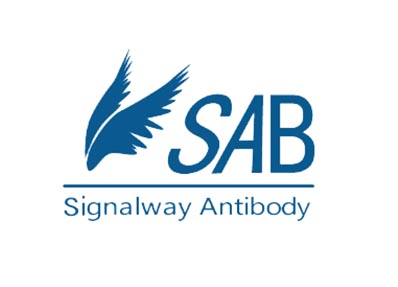Product Detail
Product NameRAGE Antibody FITC Conjugated
Host SpeciesRabbit
ClonalityPolyclonal
IsotypeIgG
PurificationPurified by Protein A.
ApplicationsFlow-Cyt IF
Species ReactivityHu Ms Rt
Immunogen DescKLH conjugated synthetic peptide aa 140-190 402 derived from rat AGER
Target NameRAGE
ConjugateFITC
Excitation Emission494nm 518nm
Other NamesRAGE; Advanced glycosylation end product-specific receptor; Receptor for advanced glycosylation end products; Ager
Accession NoSwiss-Prot#Q63495
NCBI Gene ID81722
Uniprot
Q63495
Gene ID
81722;
Concentration1mg ml
Formulation0.01M TBS(pH7.4) with 1% BSA, 0.03% Proclin300 and 50% Glycerol.
StorageShipped at 4˚C. Store at -20˚C for one year. Avoid repeated freeze/thaw cycles.
Application Details
Flow-Cyt=1:50-200 IF=1:50-200
Mediates interactions of advanced glycosylation end products (AGE). These are nonenzymatically glycosylated proteins which accumulate in vascular tissue in aging and at an accelerated rate in diabetes. Acts as a mediator of both acute and chronic vascular inflammation in conditions such as atherosclerosis and in particular as a complication of diabetes. AGE RAGE signaling plays an important role in regulating the production expression of TNF-alpha, oxidative stress, and endothelial dysfunction in type 2 diabetes. Interaction with S1A12 on endothelium, mononuclear phagocytes, and lymphocytes triggers cellular activation, with generation of key proinflammatory mediators. Receptor for amyloid beta peptide. Contributes to the translocation of amyloid-beta peptide (ABPP) across the cell membrane from the extracellular to the intracellular space in cortical neurons. ABPP-initiated RAGE signaling, especially stimulation of p38 mitogen-activated protein kinase (MAPK), has the capacity to drive a transport system delivering ABPP as a complex with RAGE to the intraneuronal space. Can also bind oligonucleotides (By similarity). Interaction with S1B after myocardial infarction may play a role in myocyte apoptosis by activating ERK1 2 and p53 TP53 signaling.
If you have published an article using product C00127F, please notify us so that we can cite your literature.



 15 business days.
15 business days.



